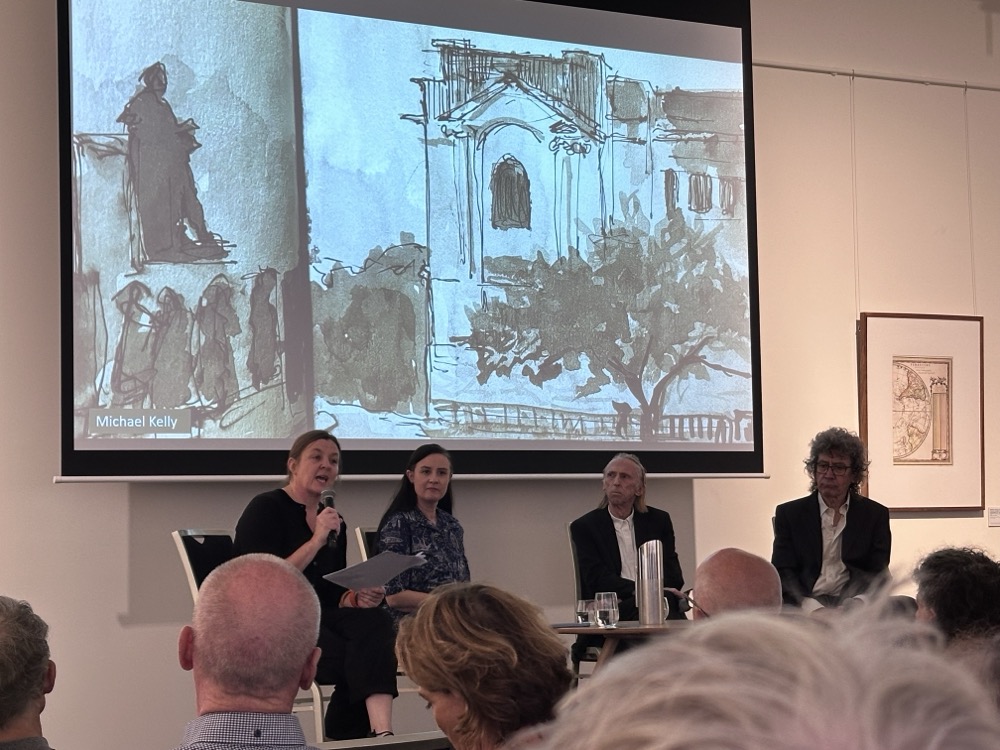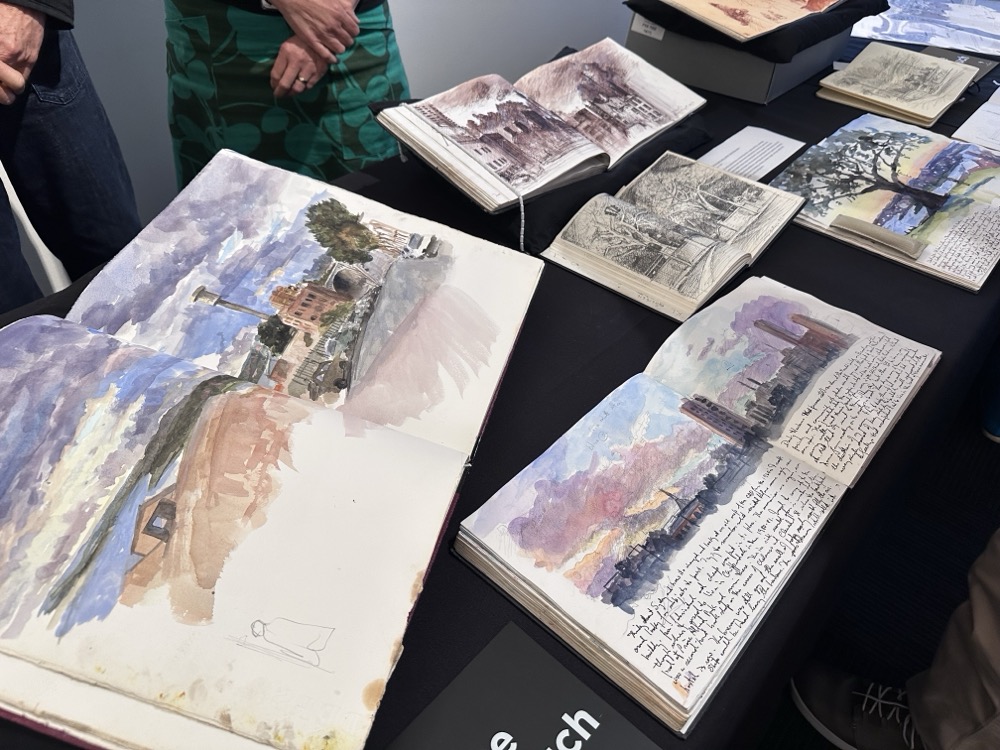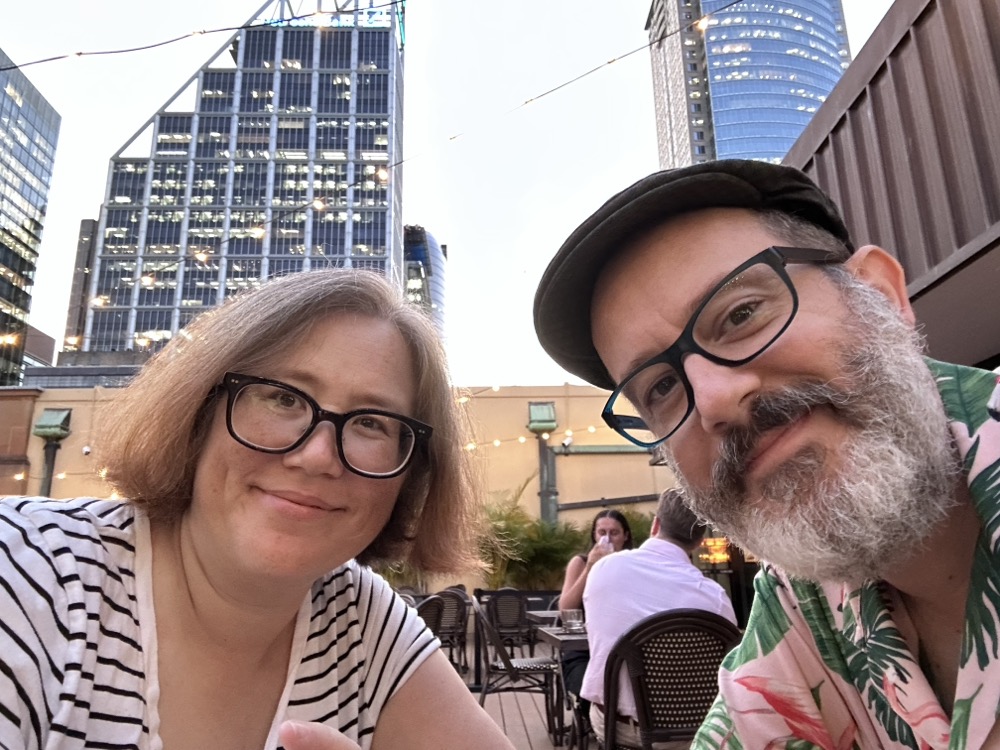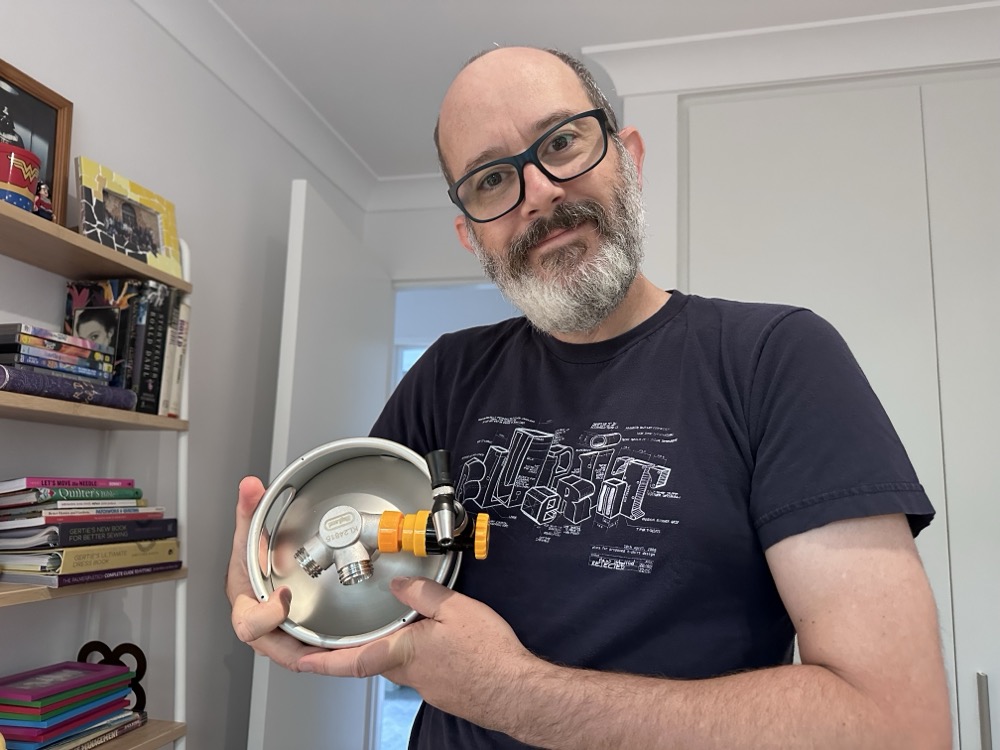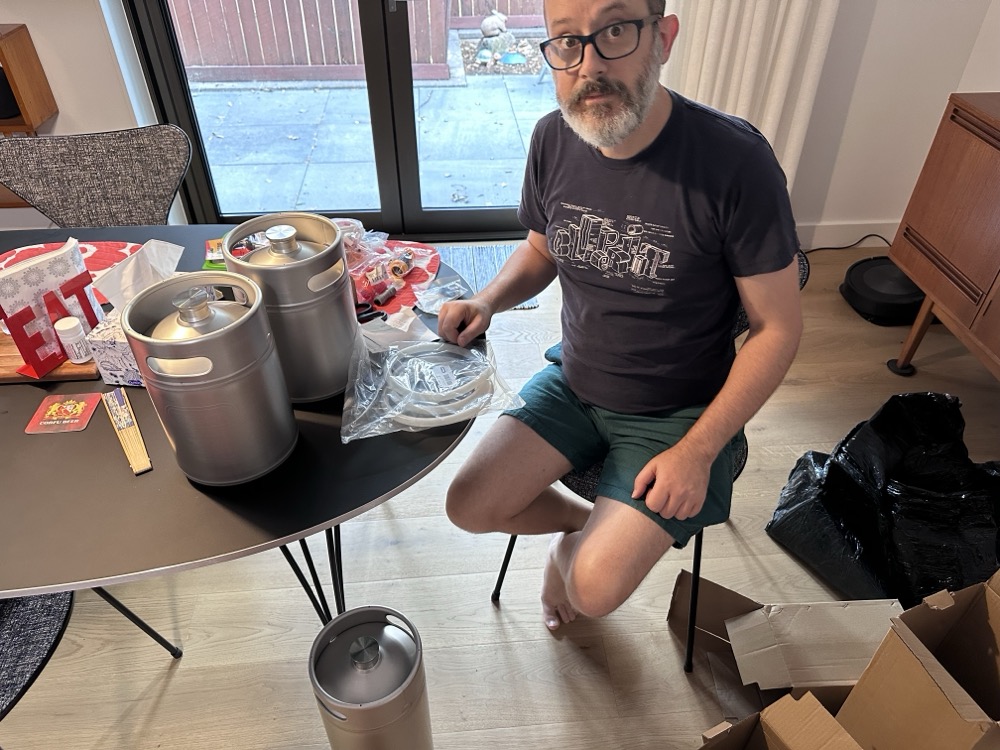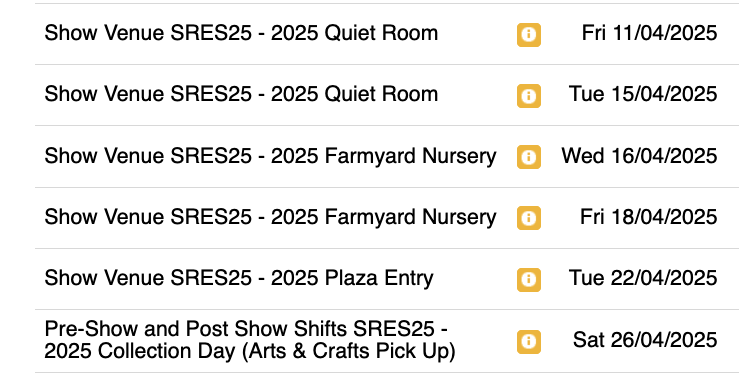The Purls of Wisdom romped home to another victory, even with a depleted team tonight! Some of the stumpers we grappled with:
- What were Queen Elizabeth II’s two middle names?
- What is the country with the highest population whose name only has 4 letters?
- Which Australian actor provided the voice of “Buzz” on the PlayStation 2 game of the same name?
- Which athlete was announced recently as the first one ever to become a Ken doll?

